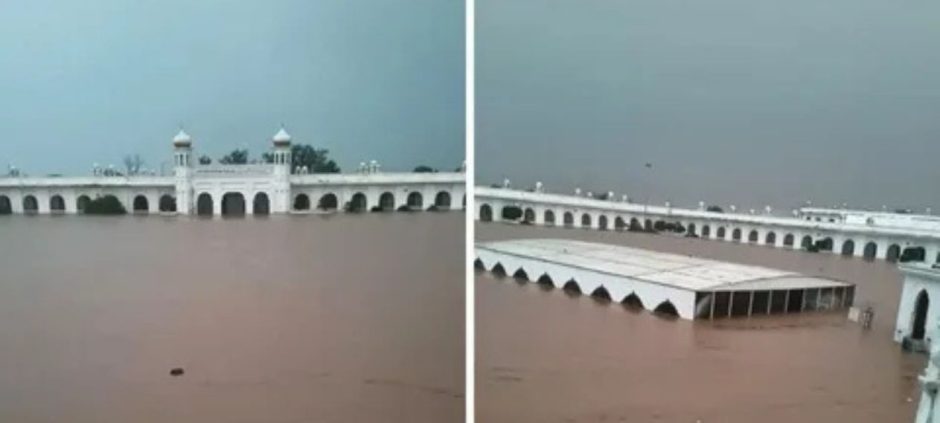Punjab is facing a worsening flood crisis as major rivers continue to overflow, causing widespread destruction and displacement. Authorities report that rising water levels have already inundated large areas of farmland, damaged infrastructure, and left thousands of families struggling to cope with the disaster.
The Punjab flood crisis has led to the closure of major roads, disruption of transport services, and damage to crops at a scale that threatens food security. In some areas, rescue operations are underway to evacuate people trapped in their homes, while others are forced to move to higher ground for safety.
Punjab flood crisis impacts communities
Local reports highlight the far-reaching effects of the disaster:
- Hundreds of villages have been submerged under floodwater.
- Major roads and bridges have collapsed, cutting off access to remote areas.
- Thousands of people are displaced, seeking shelter in makeshift camps.
- Farmlands and standing crops have been destroyed, worsening economic losses.
- Health concerns are rising due to waterborne diseases and lack of clean drinking water.
The closure of Sialkot airport due to heavy rains and rising floodwaters added another layer of disruption. According to officials, operations were suspended for at least 12 hours to ensure passenger safety. This highlights how the Punjab flood crisis is crippling daily life and affecting not only rural areas but also urban centers and transport hubs.
Rescue agencies and the army are engaged in relief operations, distributing food, medicines, and clean water to those affected. Volunteers have also stepped in to help evacuate families from the most vulnerable regions. However, the scale of destruction shows that the Punjab flood crisis requires long-term planning, not just emergency response.
Officials have urged residents in low-lying areas to remain vigilant and follow evacuation orders. Meteorological forecasts suggest that more rainfall could worsen the situation in the coming days, putting additional pressure on already overflowing rivers.
The Punjab government has announced compensation for affected families, but recovery will be slow. Experts stress the importance of building stronger flood defenses and improving drainage systems to prevent such devastation in the future.
As the Punjab flood crisis continues, calls for urgent action and coordinated relief efforts are growing louder. The tragedy serves as a reminder that climate change and poor infrastructure are combining to put millions at risk every monsoon season.











